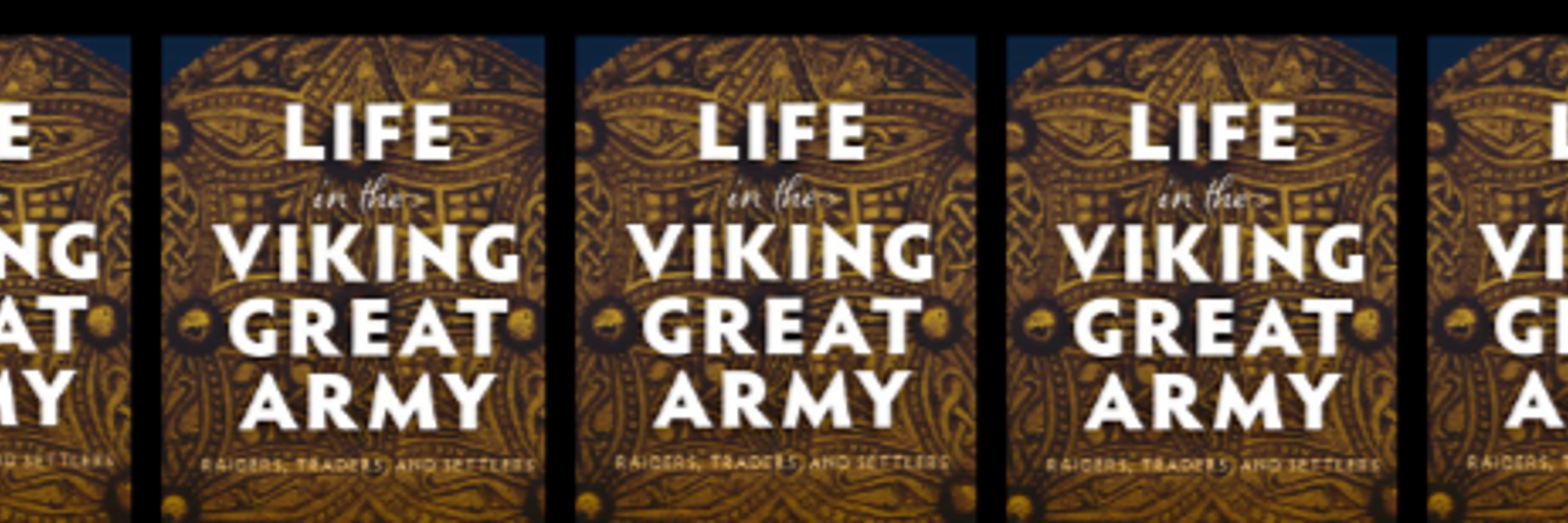

(We posed him a bit to hide his face)

(We posed him a bit to hide his face)
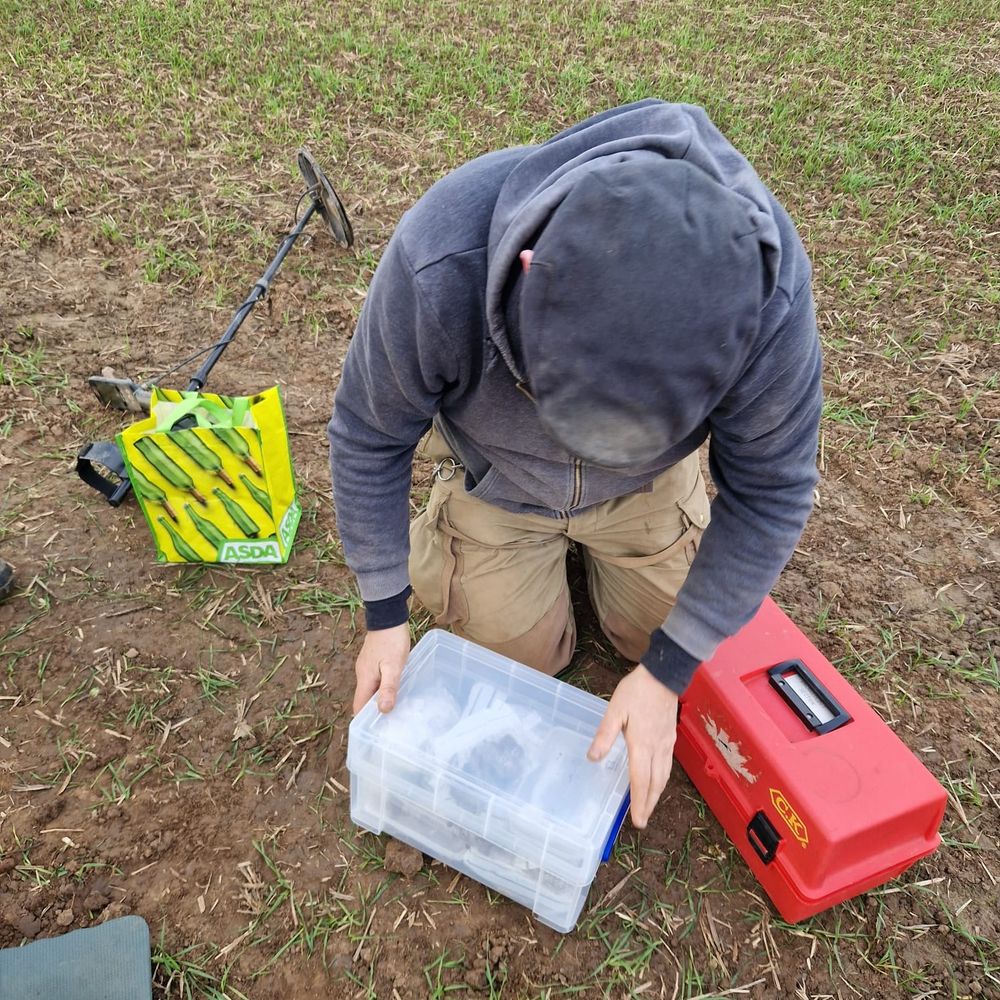





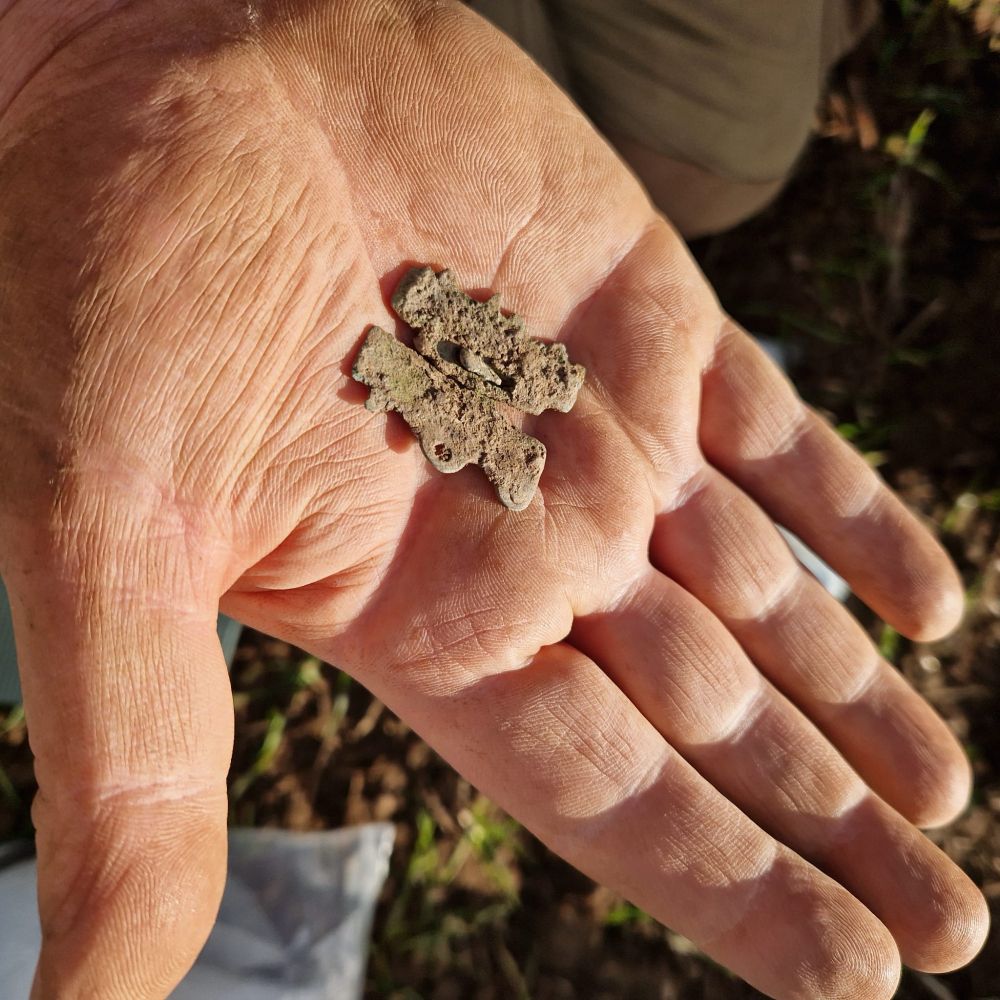



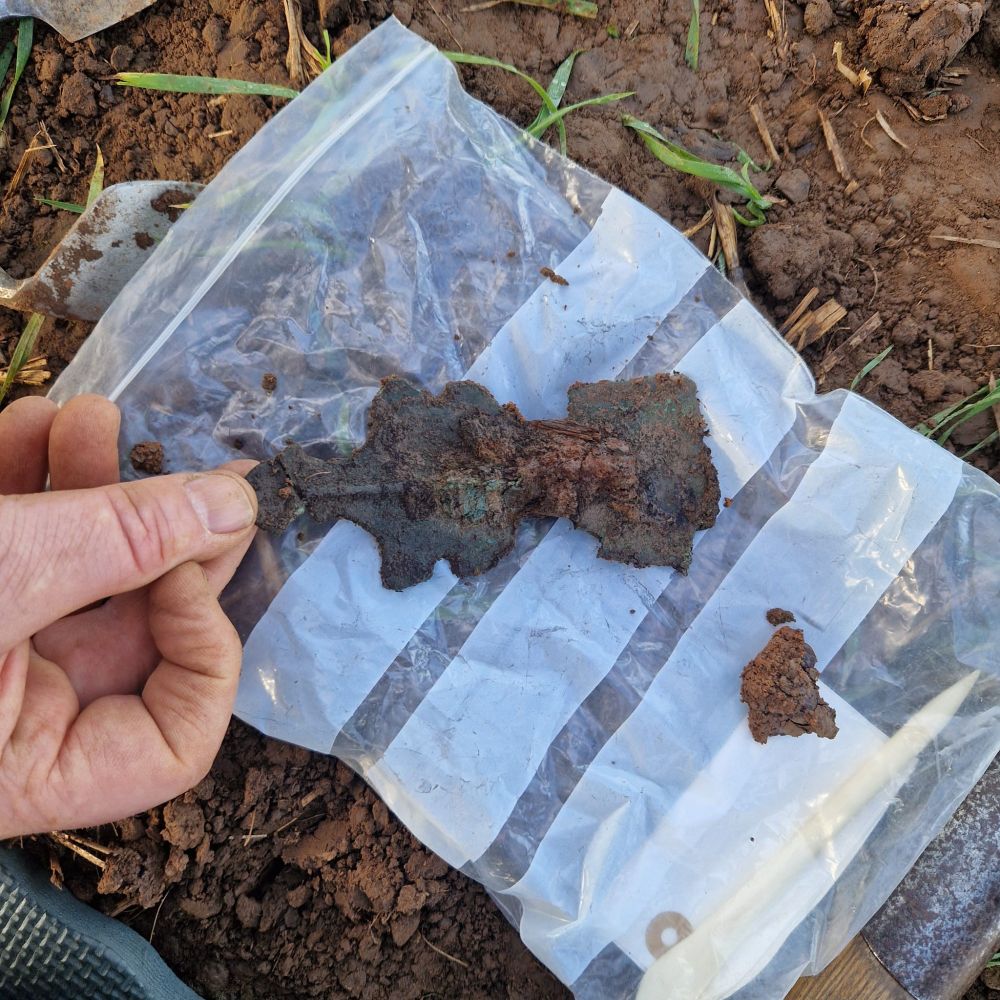


I thought we'd take a pause from Viking camps and instead look at a North Yorks assemblage which I helped lift last year - and which Rebecca Griffiths @yorym-flo.bsky.social posted about last week. I watched these beauties come out the ground...

I thought we'd take a pause from Viking camps and instead look at a North Yorks assemblage which I helped lift last year - and which Rebecca Griffiths @yorym-flo.bsky.social posted about last week. I watched these beauties come out the ground...
As always, if you'd like to know more, it's all in our book, 'Life in the Viking Great Army'. /end

As always, if you'd like to know more, it's all in our book, 'Life in the Viking Great Army'. /end




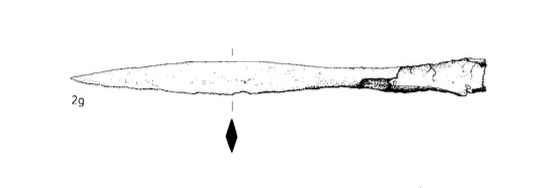
Obviously, when there's only a blade, a find gets harder to classify - and that holds true here. /7
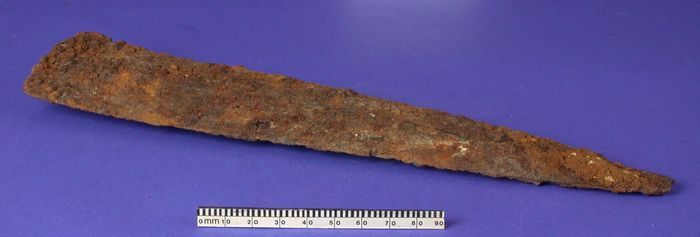
Obviously, when there's only a blade, a find gets harder to classify - and that holds true here. /7

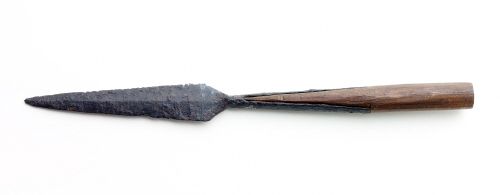



This is DB1423, one of the three possible spears from the camp at Torksey. /1

This is DB1423, one of the three possible spears from the camp at Torksey. /1



